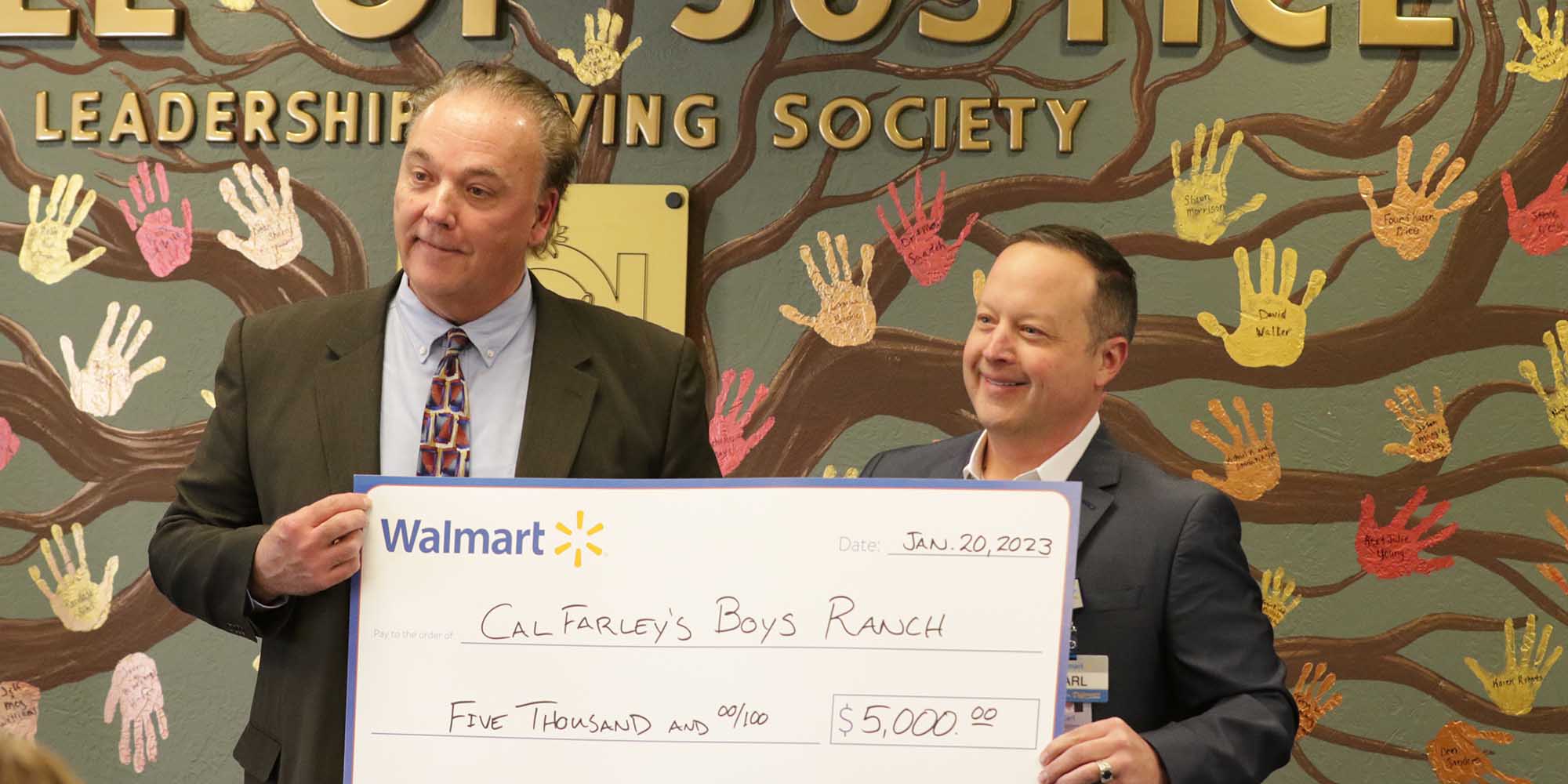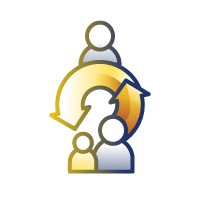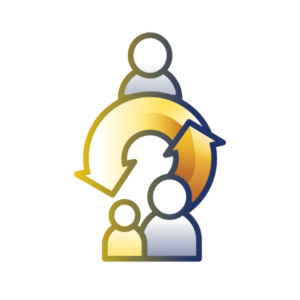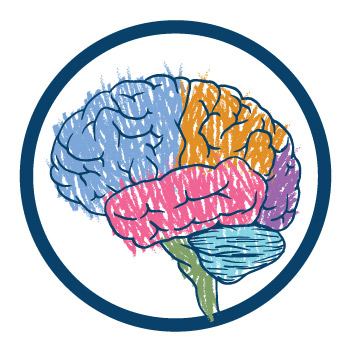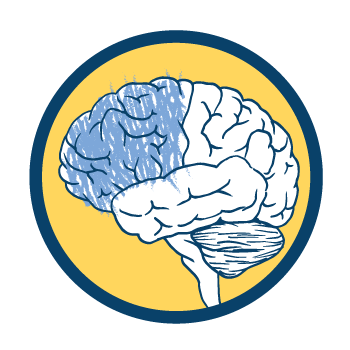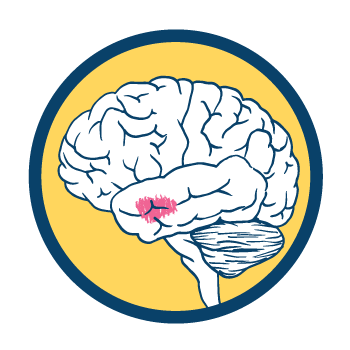Made for experience: A child’s brain builds on repetitive sensory experiences. Linguistic functions, in particular, are enhanced by interaction with others. The developing brain connects words from conversation with objects and past experiences.
Still growing: While teenagers may appear physically mature, their brains are continuing to develop. As a result, some areas, particularly the prefrontal cortex, which controls reasoning and self-regulation, aren’t fully active. This explains why teenagers can be more impulsive or moody.
Intense reactions: Research into the amygdala, an almond-shaped structure in the brain responsible for immediate or ‘gut’ reactions, suggests teenagers feel aggression, fear and depression more intensely than their adult caregivers.
Learn to the beat: Before asking your child to turn off his or her radio while doing their homework, remember that listening to music or singing enhances mathematical and language skills.
Use brain science to aid learning: Social interaction improves retention and the speed of learning among all age groups, so consider study groups to help a child struggling in school. Also, a child’s brain is active when his or her body is active, too. So, look for opportunities to incorporate hands-on activities.
Sources: Scholastic, Inc.; BrainyChild.com; Newport Academy

